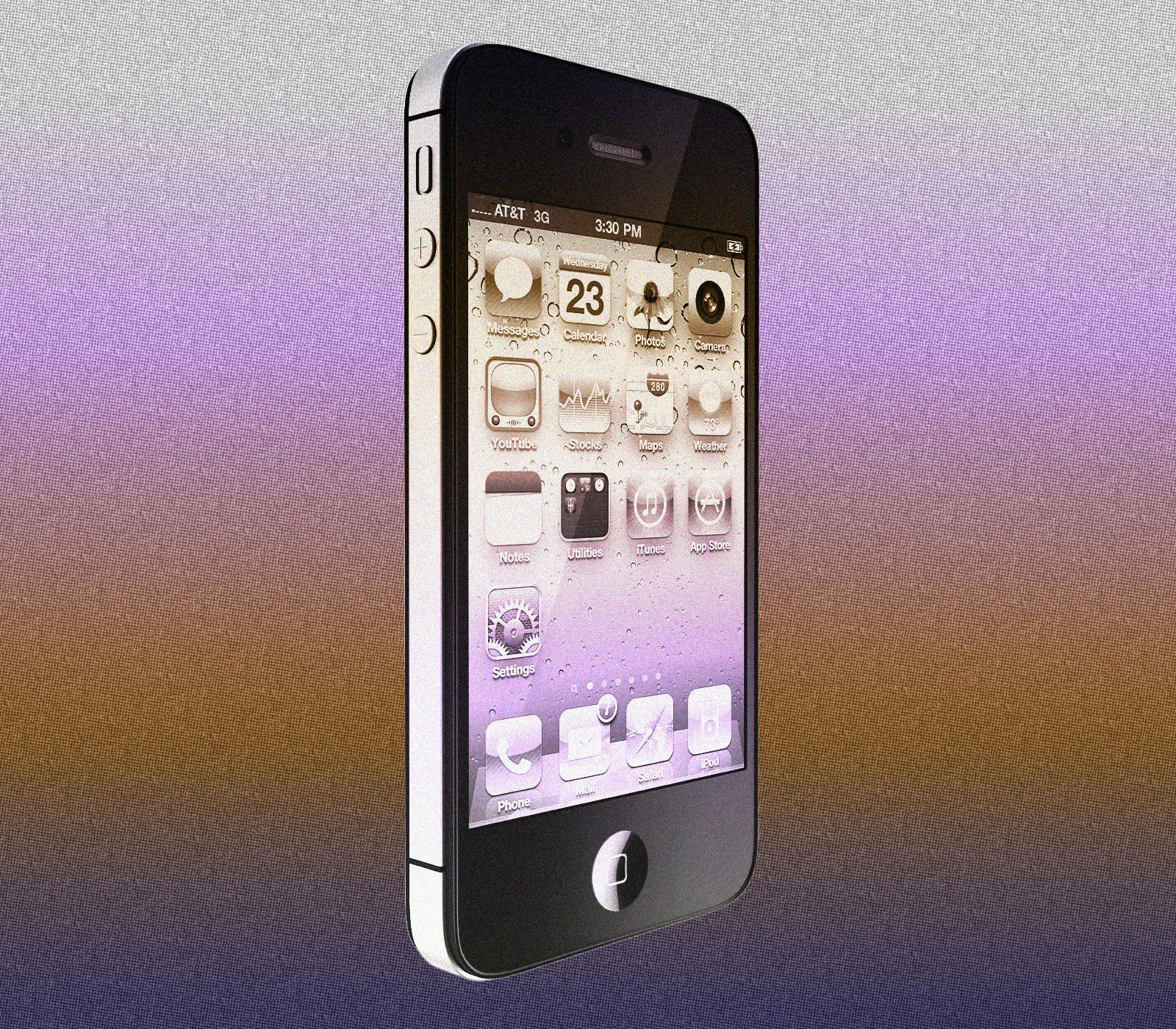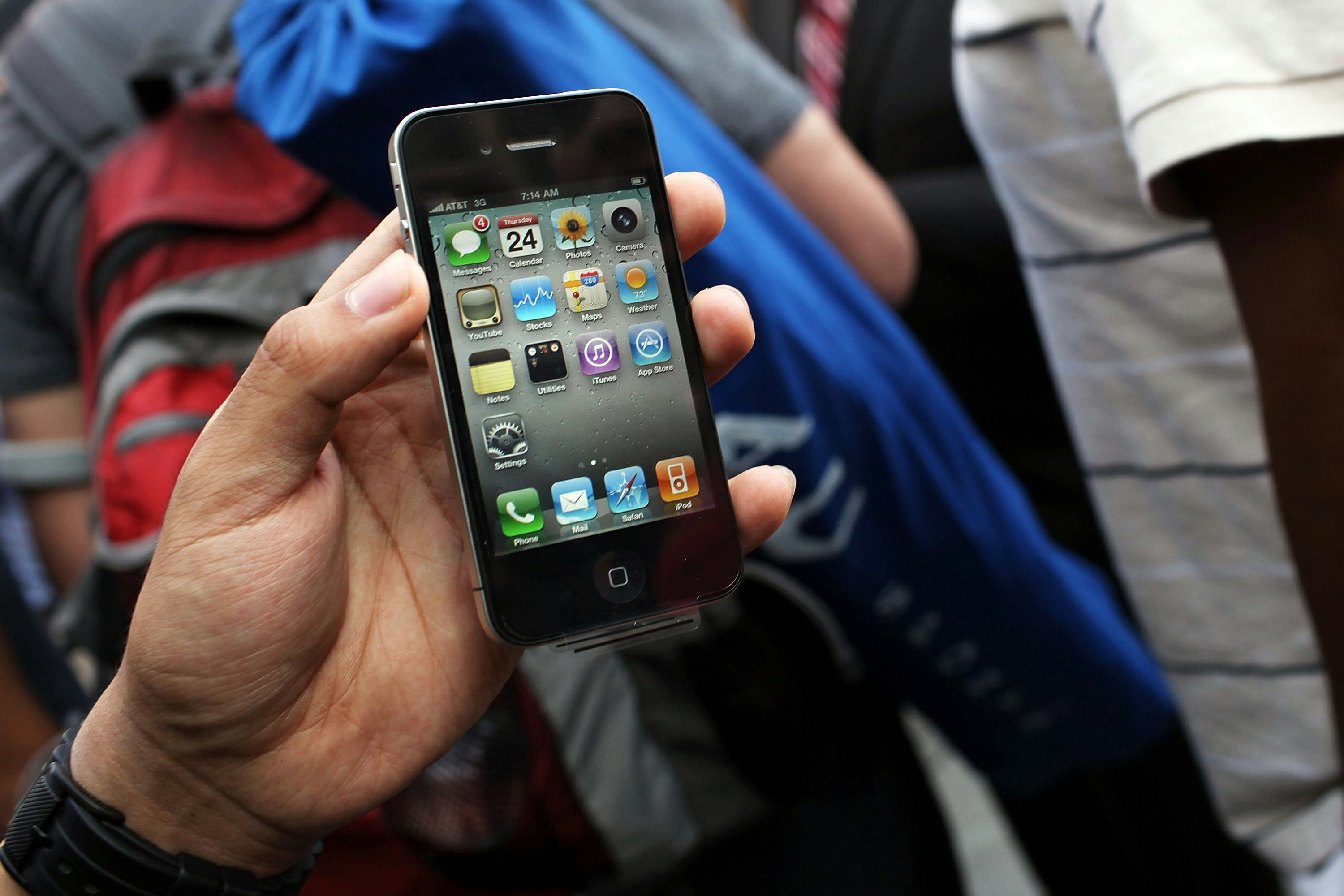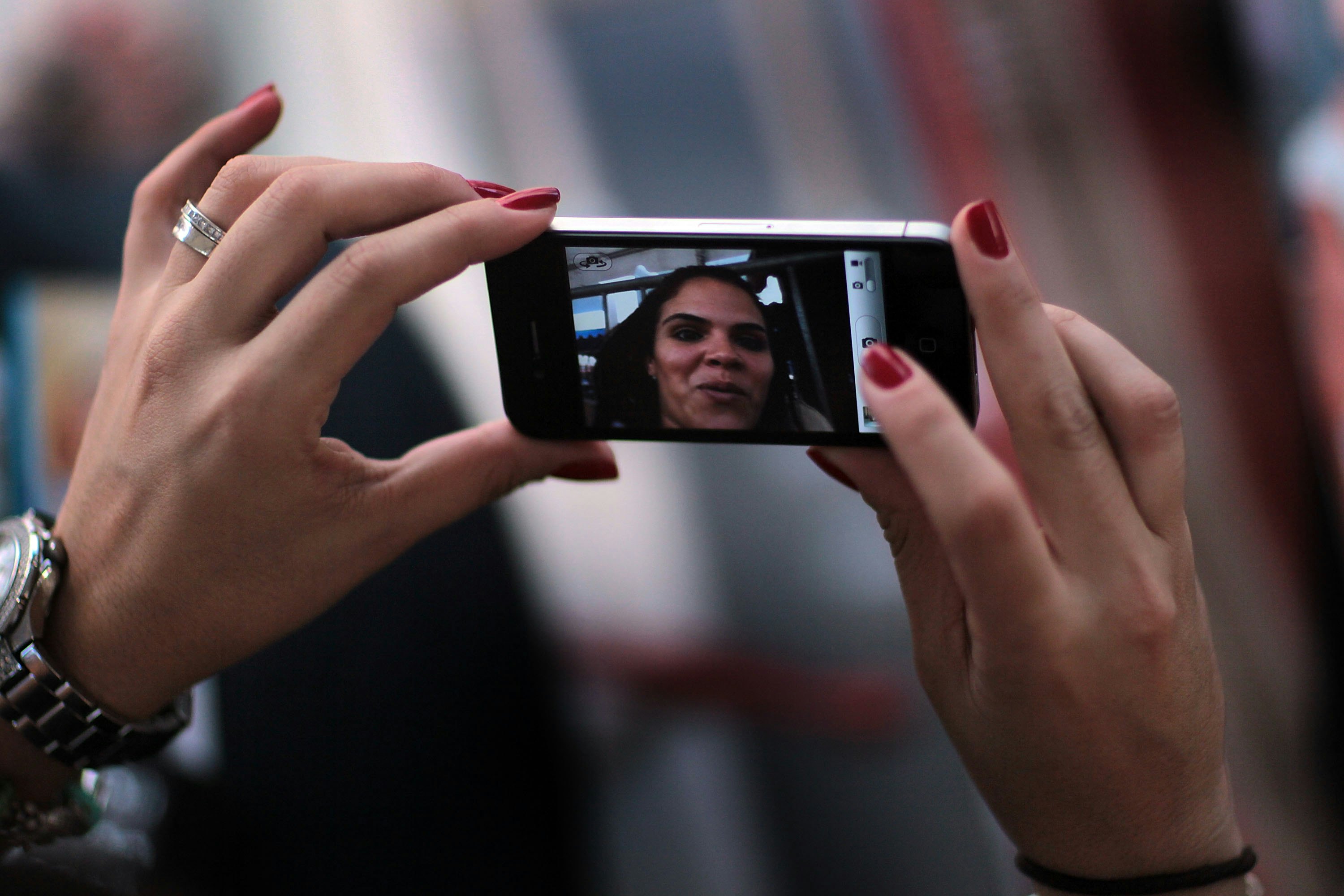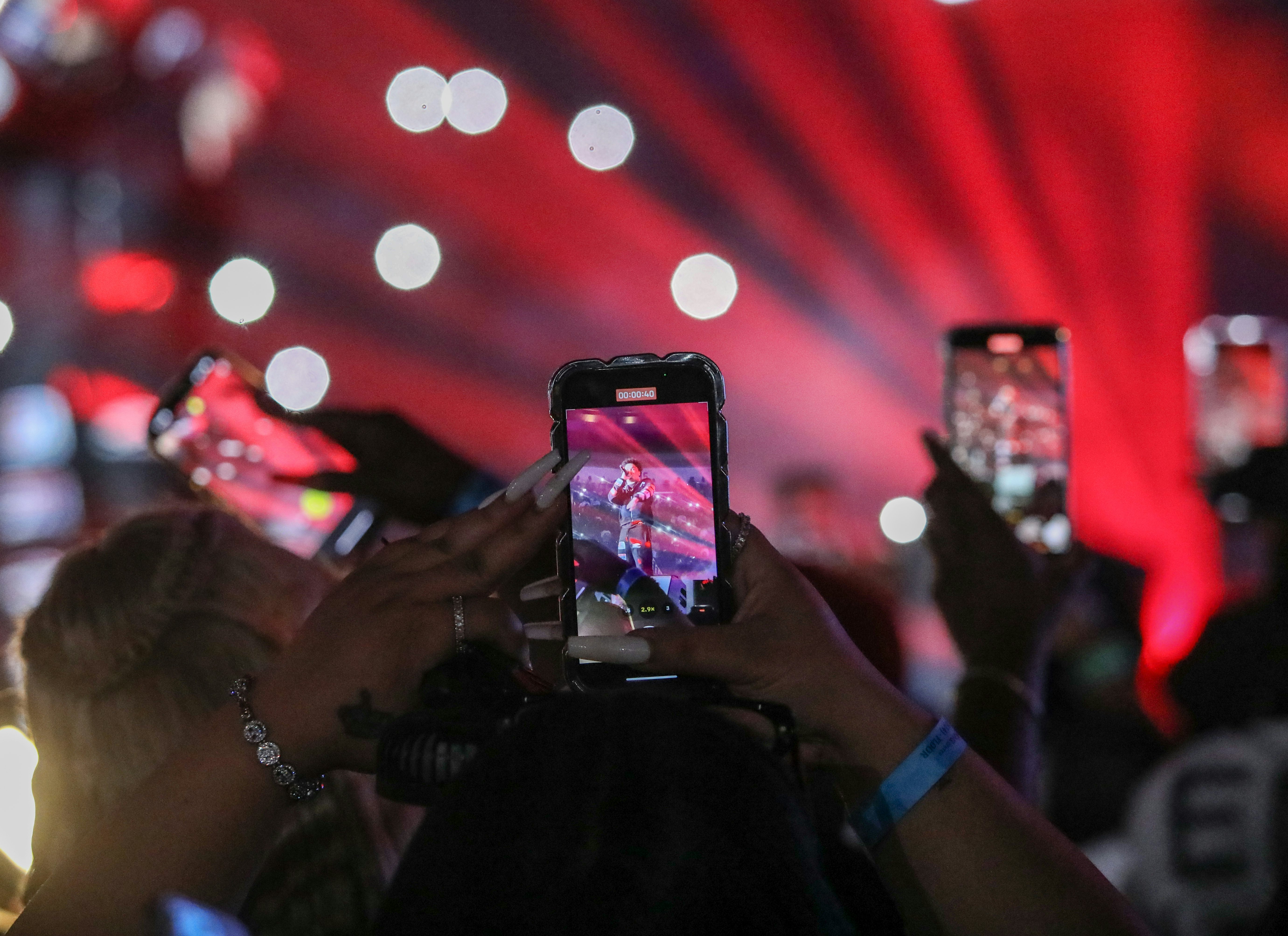
The iPhone 4 might be best known for leaking out before Steve Jobs could announce it when a prototype was left behind in a bar, but that doesn’t take away from the fact that many of the hardware features it introduced have proved to be enduring essentials to computers (phones, tablets, laptops, and wearables) nearly a decade and a half later.
Maybe you’re thinking the fourth-generation iPhone feels consequential because iPhones had already been a success, selling millions of units by 2010. But before the iPhone 4, no phones or computers had a “Retina display,” which made pixels nearly indiscernible; designing a custom chip to achieve lighter and more battery-efficient designs wasn’t top of mind; and using premium materials like metal and glass wasn’t a thing.
Looking back, though, even with “Antennagate,” the iPhone 4 rewrote the playbook for smartphones and helped make all smartphones the de facto computers they are today.
Displays & Chips

Apple is a master of marketing first and foremost, and on some level, the term “Retina display” is just that: good branding. And surprisingly flexible branding at that. The Retina display on the iPhone 4 was supposed to make the (at the time) visible pixels of an LCD panel disappear when held at the usual distance you hold a phone from your face. The iPhone 4 would appear to have a smooth, uninterrupted image at just 326 pixels per inch (ppi). Of course, when the first iPad with a Retina display was released (Apple’s third-generation model) it was only 260 ppi. The amount of pixels needed to qualify as “Retina” varied depending on the size and use of the display.
High-resolution displays existed before the iPhone 4, but it was the iPhone that made quadrupling the usual amount of pixels the norm, and having a high-resolution display a necessity. The Retina displays on the iPhone 4 and the other devices that followed didn’t just change customer expectations, it impacted what and how you viewed things on your phone, too. With the ability to have small text legible on a small screen, suddenly apps could be redesigned to display more information at once. The need for a dedicated mobile version of a website with big buttons and text became a lot less essential. You could treat your smartphone a bit more like a compact computer.
Changes in performance further contributed to that shift. The iPhone 4 was Apple’s first phone to ship with a chip it designed, conferring even more of the efficiency the company got developing hardware and software in tandem. In the early days of the iPhone, Apple wasn’t as hyper-fixated on performance compared to today, where Apple silicon is in all of its devices. But in hindsight, it’s clear the work that went into its A-series chips gave the iPhone a big headstart that would take years for Android to close.
The A4 chip obviously laid the groundwork for Apple’s separation from Intel on the Mac. The original M1 chip was based on the A14 Bionic, which originally appeared in the iPhone 12. Years of iteration on the work that started with the Mac led to Apple silicon, and the renewed push to run Windows on Arm chips like Microsoft is attempting with its Copilot+PCs.
Changing What a Phone Is For

Those improvements were in service of a broadening set of features that are old hat on most phones now. FaceTime was added for free video calling over Wi-Fi between iPhone 4s, and later iPads and Macs. The feature was a big enough deal that Apple built a whole ad campaign around how it could let you communicate in new ways. Skype was already popular, but who could claim that FaceTime didn’t help usher in the near-constant video calls that make up modern life in 2024?
The iPhone 4 was also the first of Apple’s mobile devices to support multitasking. It was less exciting for anyone who was using an Android phone in 2010, but novel in how Apple implemented it in iOS 4 without negatively impacting the iPhone’s battery life. Namely, apps weren’t technically run in the background; portions of apps were, like updating your GPS or media playback. Apple tied it all together by offering a quick way to resume whatever you were doing so that apps opened to the correct screen when you selected them from the app switcher, creating the illusion that the app was just suspended.
New apps like Voice Memos and a mobile version of iMovie also made it theoretically possible to create media (beyond just snapping photos and videos) on the iPhone, just as it was becoming possible to consume it regularly with the launch of apps like Instagram. The iPhone 4 was both more of a tool and more of a consumption device as the social web was turning on the faucets of nonstop text, photos, and video in a way that had never existed before.
Rewriting the Playbook

Smartphones are many people’s first computer, and that’s been true for a decade at this point. I can’t credit the iPhone 4 with being the singular catalyst for changing computing, but there’s no argument that the hardware and software Apple used it to introduce was a huge motivator in its competitors creating smartphones that became the places people wanted to watch video, browse the web, and create things.
The iPhone 4 and the decisions Apple made around it directed the next decade of consumer electronics in terms of performance and screen quality, not just for Apple’s own hardware, but what customers expected from its competitors. It’s rare to find a smartphone as beloved as the iPhone 4, and beyond Apple’s hype cycle, it’s iconic for a reason. It’s one of the few times where a product was even more interesting than its leaks suggested.







